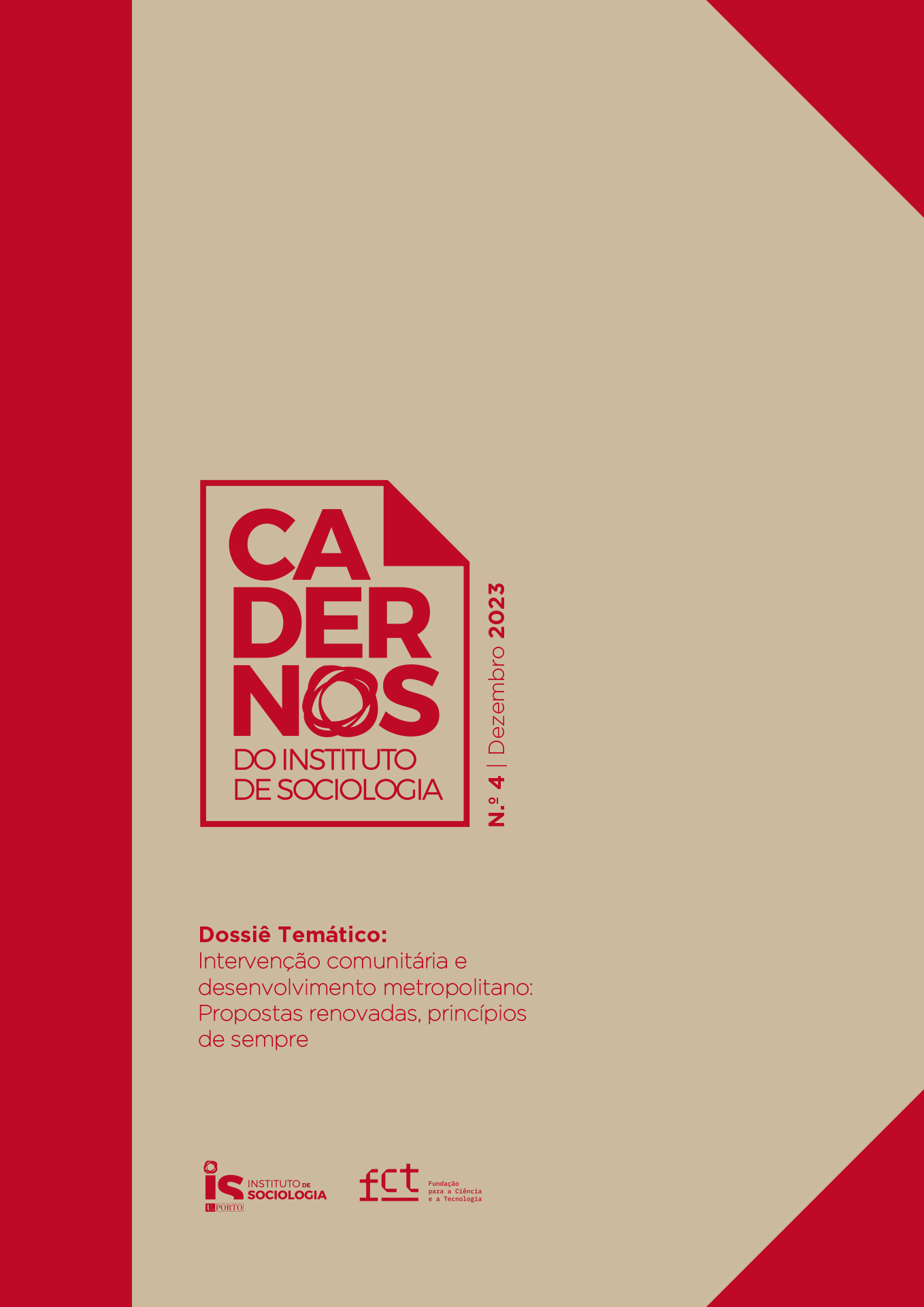COMUNIDADES CRIATIVAS PARA A INCLUSÃO DIGITAL
LABORATÓRIOS DE POLÍTICAS E PRÁTICAS TERRITORIALIZADAS PARA A INCLUSÃO DIGITAL
Palavras-chave:
Inclusão Digital, Comunidades Criativas para a Inclusão Digital, Metodologias ParticipativasResumo
Entre 2017 e 2020 desenvolveu-se o projeto Comunidades Criativas para a Inclusão Digital (CCID) no âmbito do Eixo Inclusão da iniciativa interministerial INCoDe.2030. Aquele projeto corporizou modelos de inclusão digital territorializados dirigidos a grupos populacionais em situação de vulnerabilidade quando consideramos o acesso e a utilização do mundo digital. As CCID assentaram numa abordagem com sensibilidade regional que procurou, através de um trabalho em rede e colaborativo, desenhar e desenvolver soluções de base comunitária, diminuir as desigualdades de acesso, utilização e competência digital, reconhecendo que há oportunidades irregularmente distribuídas. Desenvolvem modelos de inclusão digital a partir dos contextos locais, tomando em consideração a sua diversidade de problemas e populações, de realidades sociais e geográficas, e de recursos e saberes de natureza diversa. As CCID enquadram-se nas metodologias participativas nas perspetivas de Stanton (2014) e Genat (2009) que procuram promover a formação e o desenvolvimento da capacidade local, imprimindo à prática uma dimensão reflexiva. Esta reflexividade permitiu examinar os processos de construção de estratégias de inclusão digital de forma colaborativa, estimulando comunidades de conhecimento. Também permitiu discutir a pertinência e valor social destas iniciativas de base comunitária e cuja medição de impacto é difícil.
Downloads
Publicado
Como Citar
Edição
Secção
Licença
Direitos de Autor (c) 2023 Sofia Marques da Silva

Este trabalho encontra-se publicado com a Licença Internacional Creative Commons Atribuição-CompartilhaIgual 4.0.






